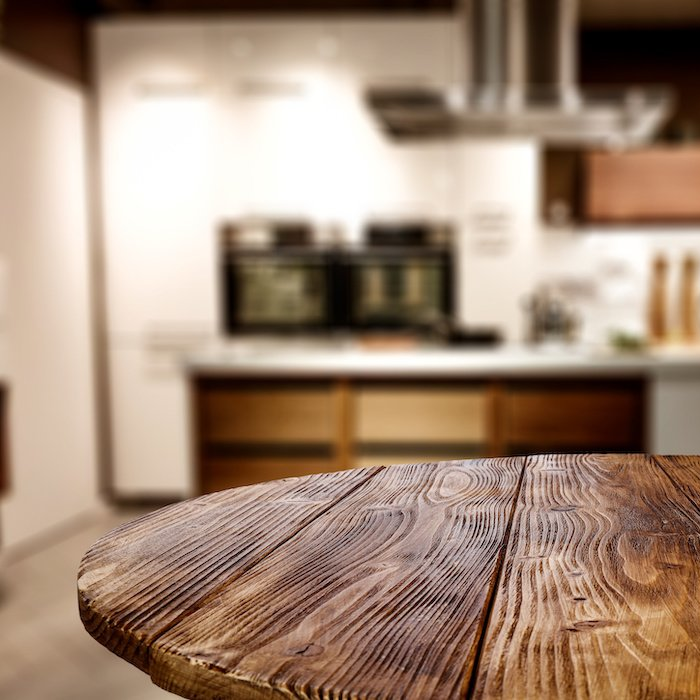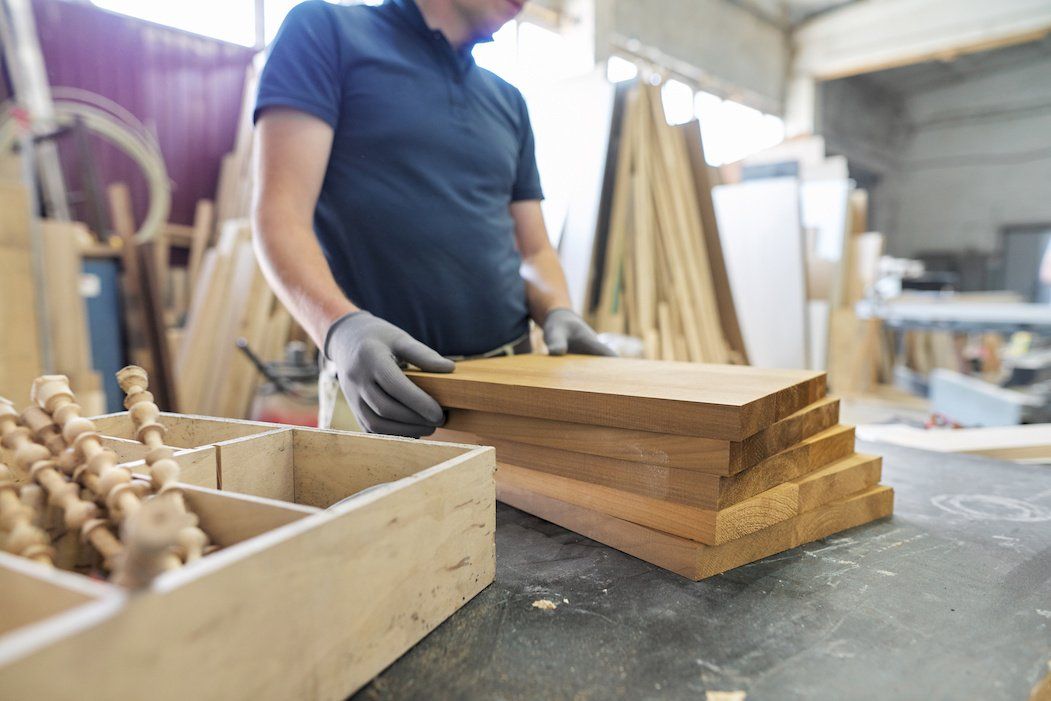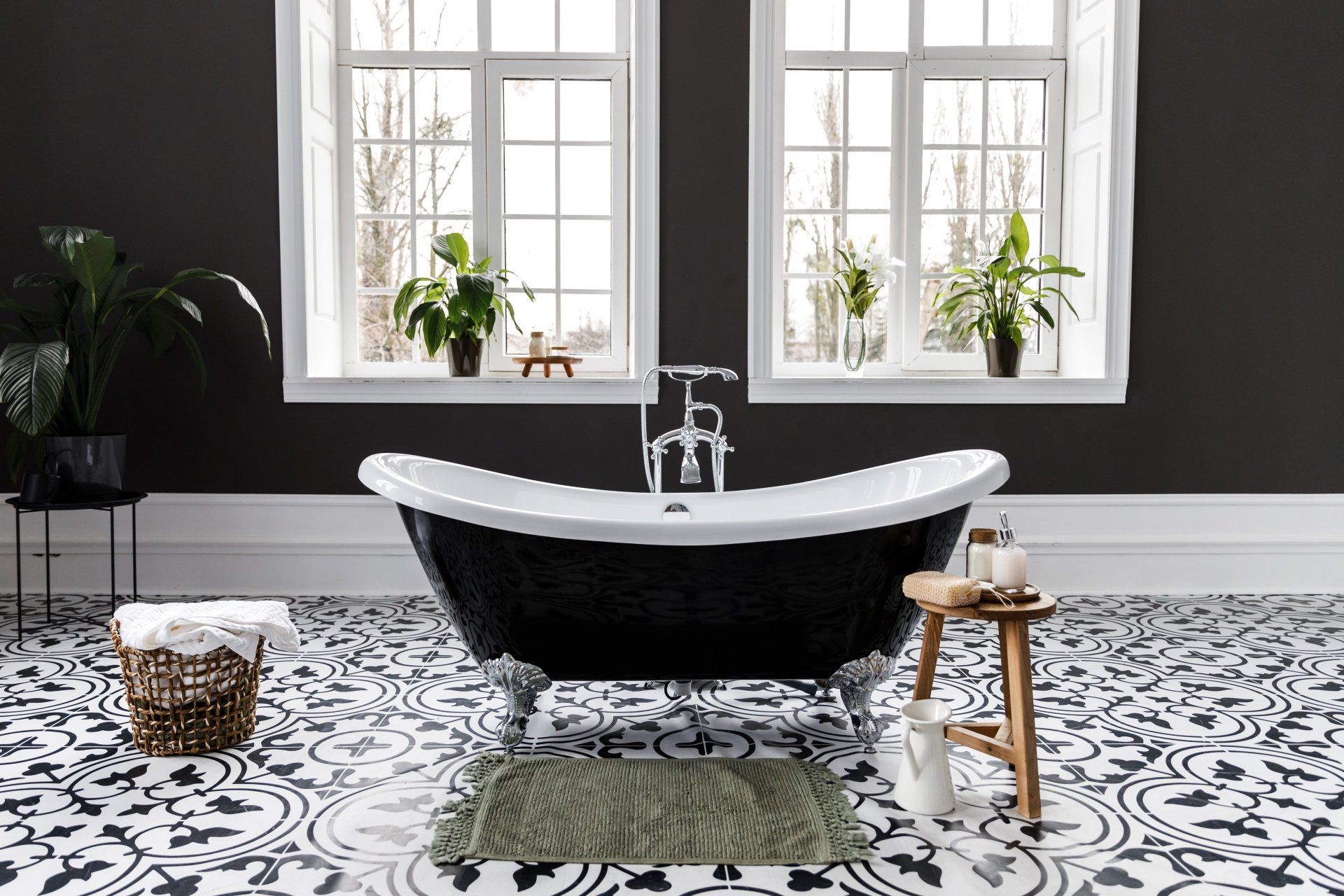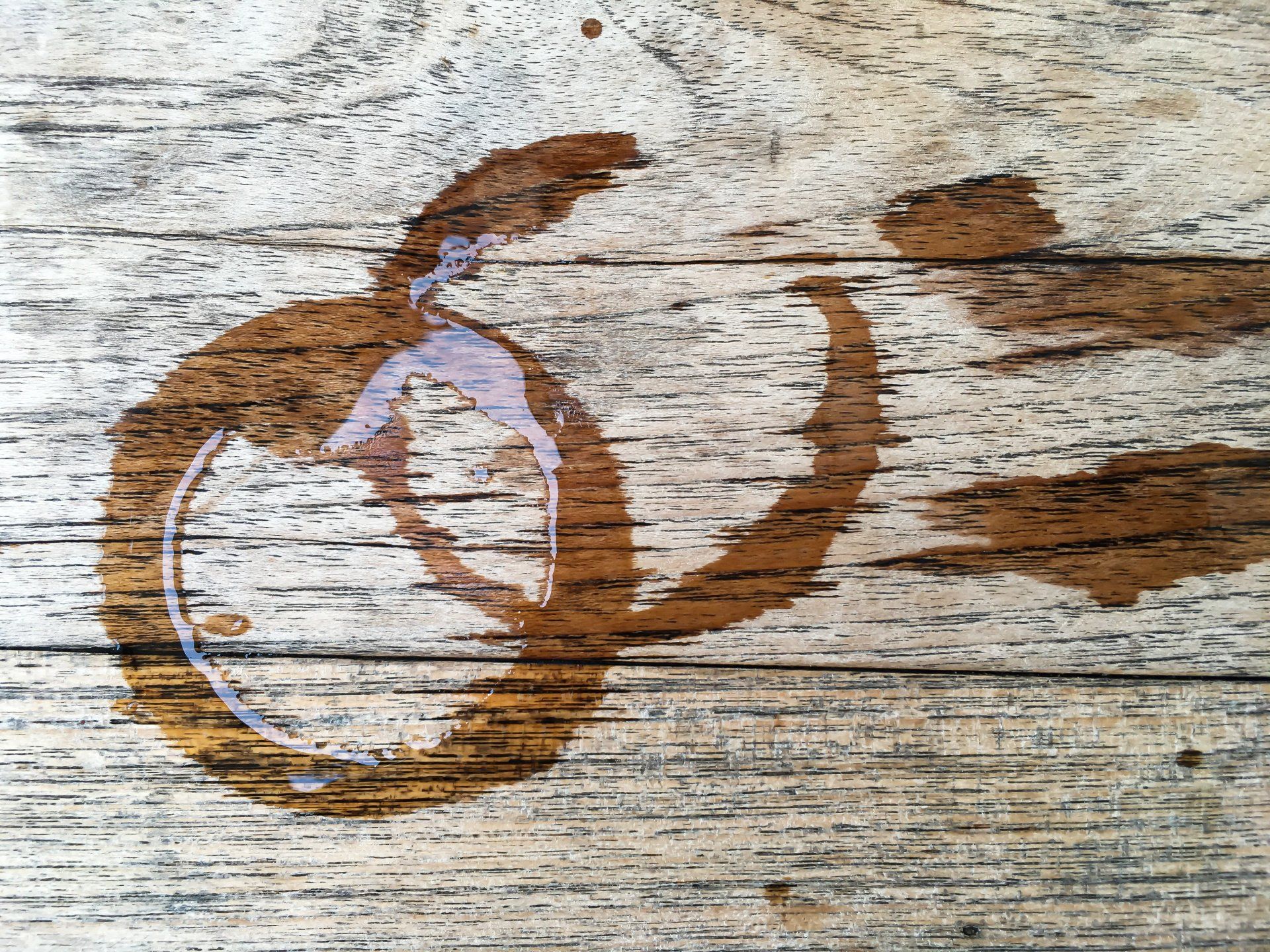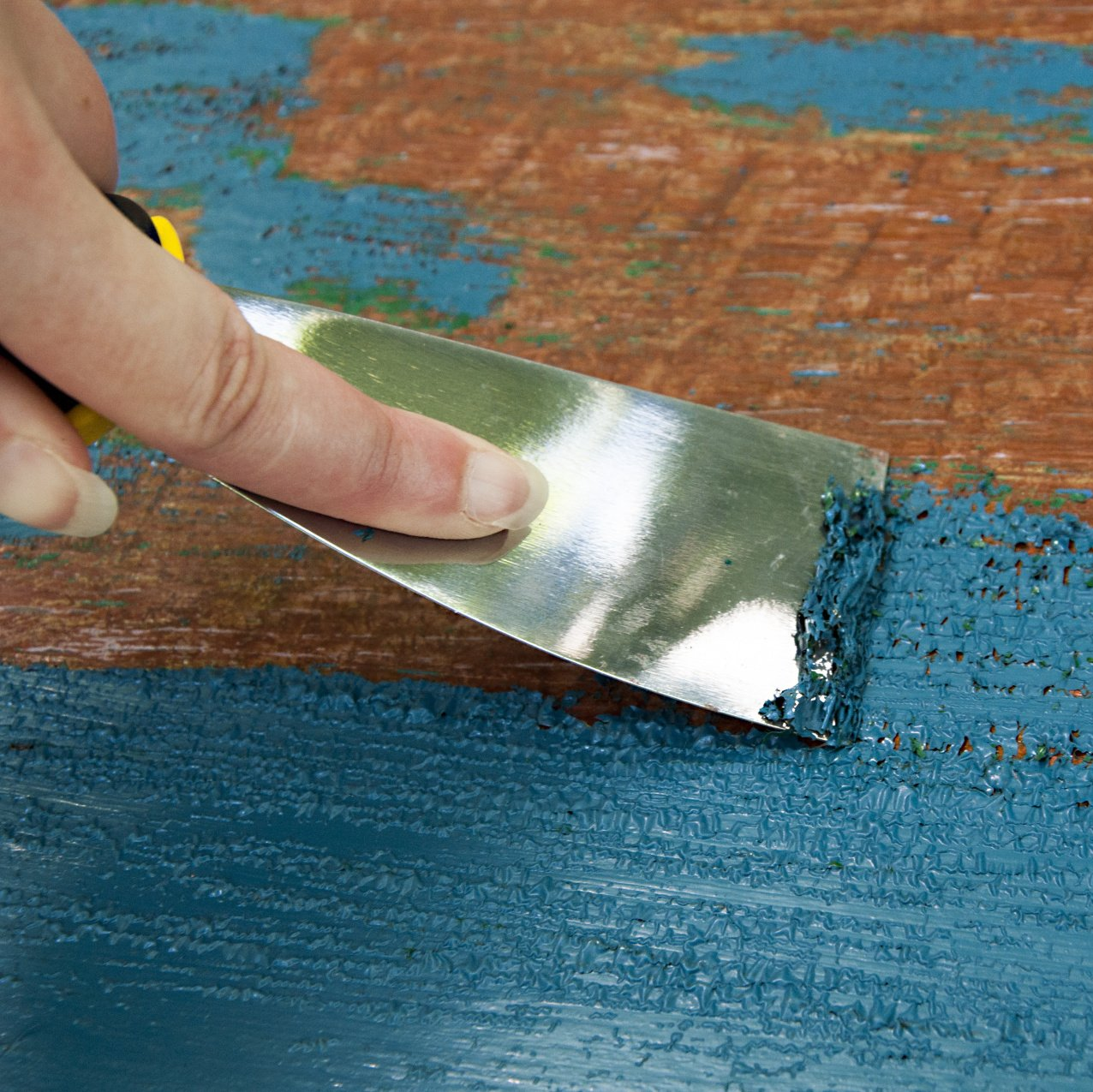Blog Layout
How to Remove Paint Stains: Part 3
Sam Lutz • October 7, 2019
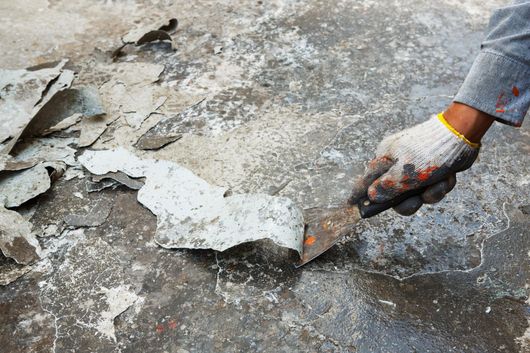
In parts 1 and 2 of this series, we talked about fabric mishaps
and upholstery snafus. Now we tackle one final challenge—removing paint stains from hard flooring. Your flooring, especially something as delicate as hardwood, is frequently your pride and joy (and major selling point) in your home, so it’s essential to know how to protect it. Let’s review how to remove paint stains from your hard flooring.
Remove Paint Stains from Linoleum and Hardwood
Water-Based Paint
While fabric surfaces like clothing, carpeting or upholstery seem to present more paint removal issues, ridding your hard floors of paint spills is no laughing matter either. On these hard surfaces, it’s better to let water-based paints dry first.
Scrape away dried on paint with a putty knife, being mindful of pressure so as to avoid creating scratches and grinding the paint in. Soak the stained area in dish soap and water and let sit for five minutes. Blot, then scrub to gradually remove the stuck on paint. Not effective? Try rubbing alcohol as a backup plan, but avoid overuse so as to not dull the natural shine of the flooring.
Oil-Based Paint
You actually can get oil-based paint off of linoleum and hardwood floors. If it’s still wet, grab a wet paper towel and quickly wipe up the paint. For dried on paint, start with the same pre-treating steps, and try to scrape the paint debris away so cleaning is easier.
There are a few options for cleaning, too. One method requires sanding down the remaining paint. Of course, this might affect the surface later. Not appealing? Try heat and mineral spirits instead. Start by heating the spilled paint in order to soften and scrape away the parts that begin to melt. Follow that up with linoleum- and wood-safe mineral spirits to wipe the rest of the oil-based paint away.
Remove Paint Stains from Concrete Flooring
In most cases, you must follow contrasting best practices for removing water- or oil-based paint. Interestingly, this doesn’t hold true for concrete flooring. As you approach this job, remember that concrete is extremely porous. This means you’ll need some extra elbow grease to remove it, be it a few droplets or stripping the entire floor.
Step 1: Clean the Floor
Before applying chemicals, it’s best to clean up your work area. If possible, try using a diluted trisodium phosphate (TSP) mixture to loosen paint from the surface, wearing gloves throughout. Proceed to scrub it in with a long-handled brush or broom. If TSP isn’t an option, a soap/water mix will do. Peel paint away with a putty knife.
Step 2: Strip it Down
Removing paint from concrete requires paint stripper. If you know the type of paint you’re removing, look for paint stripper designed for that paint variety. Renovating a new home and don’t know the paint type? Opt for oil-based paint stripper. Take a long-handled paint roller and apply the chemicals to the area.
Rinse it Away
After eight hours, most paint will lift. From here, you’ll need a wire scrub brush and water (small spot) or a pressure washer (large area). Concrete floors are usually in garages, so turning a pressure washer up to 3,000 psi won’t flood or damage your home. Clean the space to reveal a like-new floor. Note: It may take more than one attempt to strip paint residue.
Turn to Ace for the Best Paint Products
Tired of worrying over every DIY mistake? It’s easy to figure out how to remove paint stains. And when you need to stock up on supplies, turn to Ace for quality paint solutions. Stop by one of our South Hills locations
today.
Share
Tweet
Share
Mail
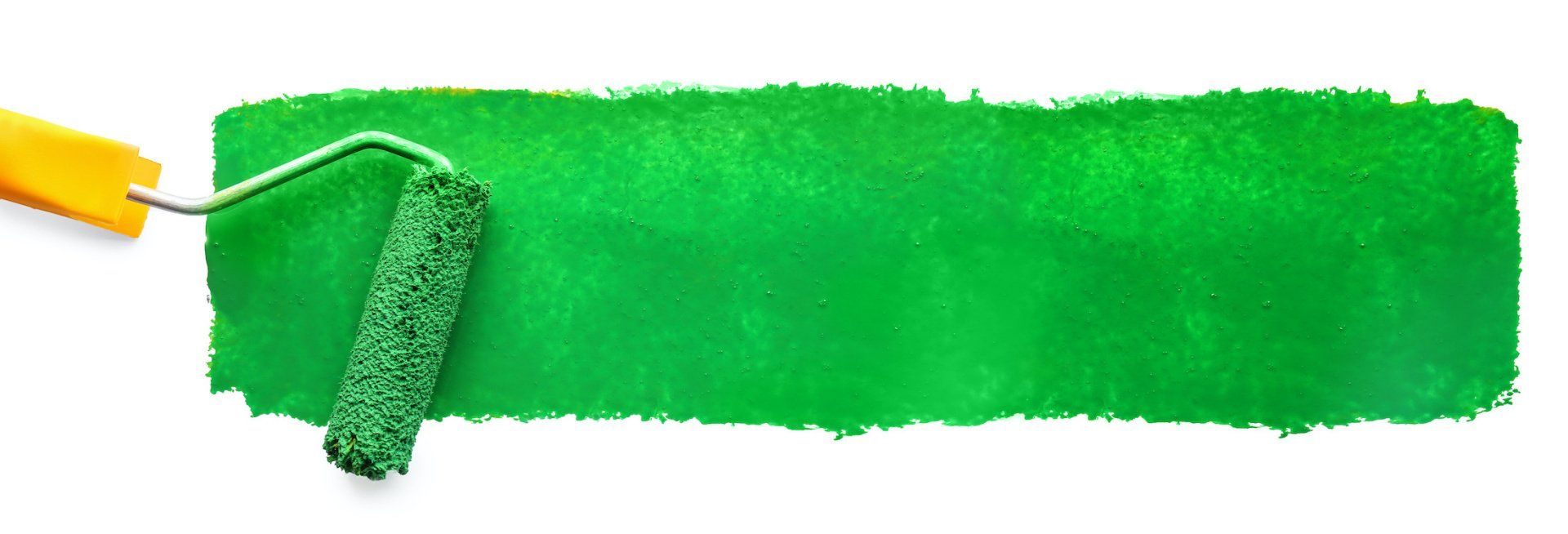
By Chris Vendilli
•
March 16, 2020
Colors are so fascinating. They make us feel, they help us express how we feel. The right colors can really set the mood in a room, or on an outfit. There’s a lot to color theory and what each of the colors mean. This St. Patrick’s Day we thought it’d be fun to explore a little about green.
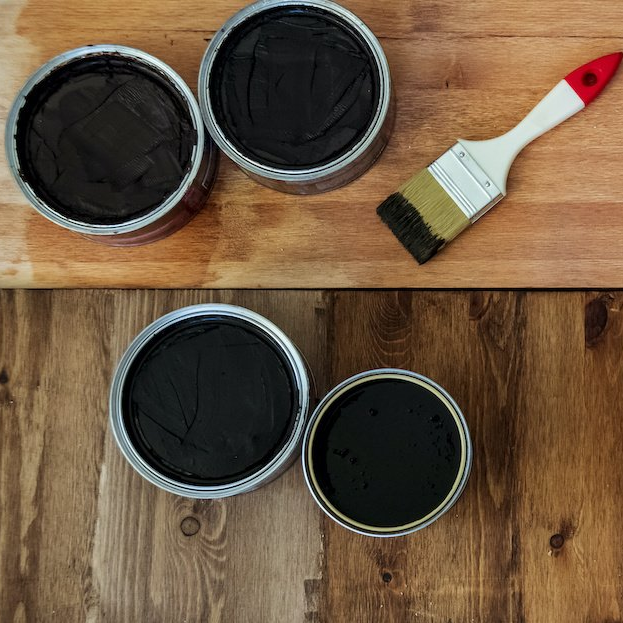
By Chris Vendilli
•
February 24, 2020
One of the wonderful things about good wood furniture is that it doesn’t have to be merely functional. It can be beautiful as well. We’ve seen some amazing pieces made with wood stains that are more than just furniture, they’re works of art. So if you’ve got an old table, desk or other piece of wood furniture that needs jazzed up, why don’t you consider using some of our great stains to try one of these ideas.
Promotion Sign Up
Complete the form below to sign up for our promotions
Contact Us
Thank you for contacting us.
We will get back to you as soon as possible.
We will get back to you as soon as possible.
Oops, there was an error sending your message.
Please try again later.
Please try again later.
Contact Details
Mt. Lebanon: 294 Beverly Road,
Pittsburgh, PA 15216
McMurray:
3339 Washington Road,
McMurray, PA 15317
Follow Us
© Copyright 2019 | All Rights Reserved

